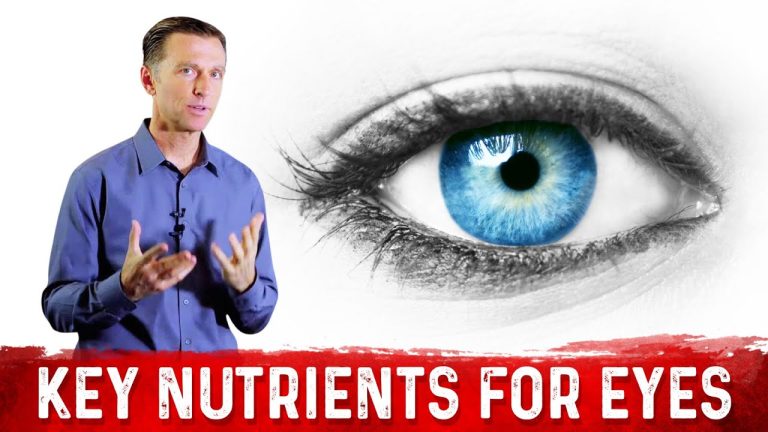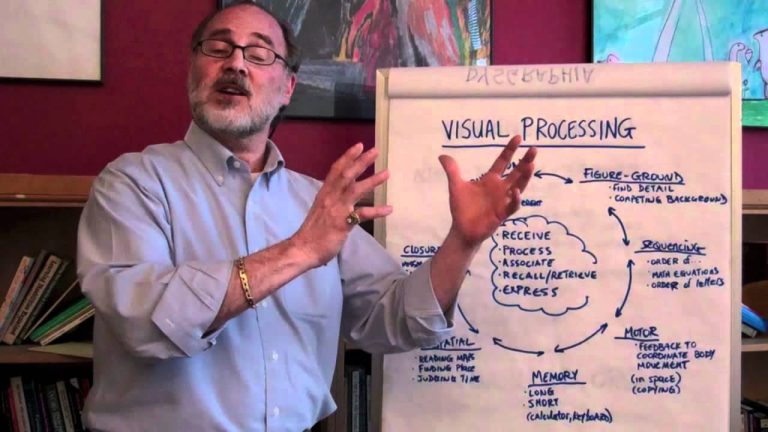A Guide to Boosting Your Visual Processing Speed: Tips and Strategies for Better Eye Health
The world is a visual place, and we rely heavily on our sight to make sense of it. The ability to quickly perceive and process visual information is essential for making split-second decisions in our daily lives. This is where visual processing speed comes into play. It refers to the rate at which the brain processes visual information and makes sense of it.
Visual processing speed is a critical aspect of visual function that affects how we read, learn, and interact with the world around us. Research shows that individuals with faster visual processing speeds tend to have better cognitive performance, memory, attention, and learning abilities compared to those with slower processing speeds. That’s why improving visual processing speed is essential for children, students, athletes, and seniors who seek to enhance their visual skills.
Factors That Affect Visual Processing Speed
Several factors can influence how fast or slow the brain processes visual information. Some of these factors include:
- Age: Age-related decline in vision and cognitive function may affect visual processing speed.
- Visual Acuity: Poor visual acuity can slow down processing speed, as the brain struggles to perceive and interpret blurry or distorted images.
- Attention: Lack of focused attention can affect how quickly we perceive and process visual information, leading to slower processing speeds.
- Visual Perception: Difficulties in processing complex visual information such as spatial orientation, depth perception, and contrast sensitivity can slow down processing speeds.
How to Improve Visual Processing Speed
Fortunately, there are various ways to improve visual processing speed, including:
- Exercise and Physical activity: Regular exercise and physical activity have been shown to improve cognitive function and processing speed.
- Brain training: Engaging in visual and mental exercises that challenge the brain to process visual information faster can help enhance visual processing speed.
- Use of visual aids: Visual aids like magnifiers, telescopes, or reading glasses can help improve visual acuity, reducing the strain on the brain and improving processing speeds.
- Proper nutrition: Consuming foods rich in antioxidants, omega-3 fatty acids, and other nutrients can help protect and enhance visual function, improving processing speeds.
Conclusion
Visual processing speed is essential in our daily lives, influencing how we perceive and interact with the world around us. With age or other factors, our visual processing speed can slow down, leading to cognitive decline and other challenges. Fortunately, there are many ways to improve visual processing speed, including exercise, brain training, and the use of visual aids. By taking care of our vision and enhancing our visual processing speed, we can enhance our cognitive function, memory, and learning abilities, leading to a better quality of life.
Most wanted in Hoya Vision:
What brand lenses does Costco use?
Hoya Lens Engravings
What’s the rarest eye color?
Which lens is better Alcon or Johnson and Johnson?
How to Choose the Right Temple Type for Your Glasses
Hoya Sensity Vs Transitions Xtractive
What’s the difference between 1.5 and 1.6 lenses?
1.53 Trivex Impact Resistant
What lenses do Costco use?
Should eyeglasses cover eyebrows?
















